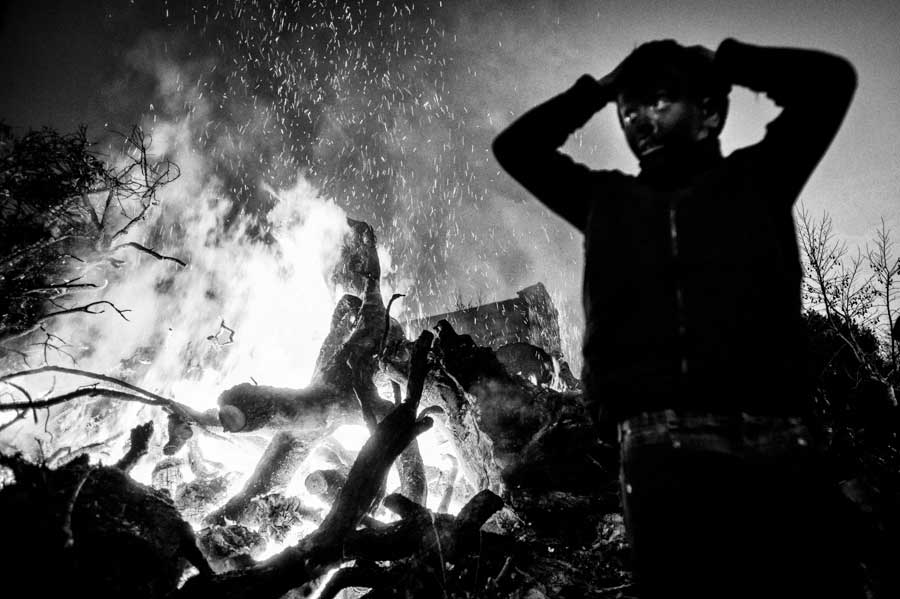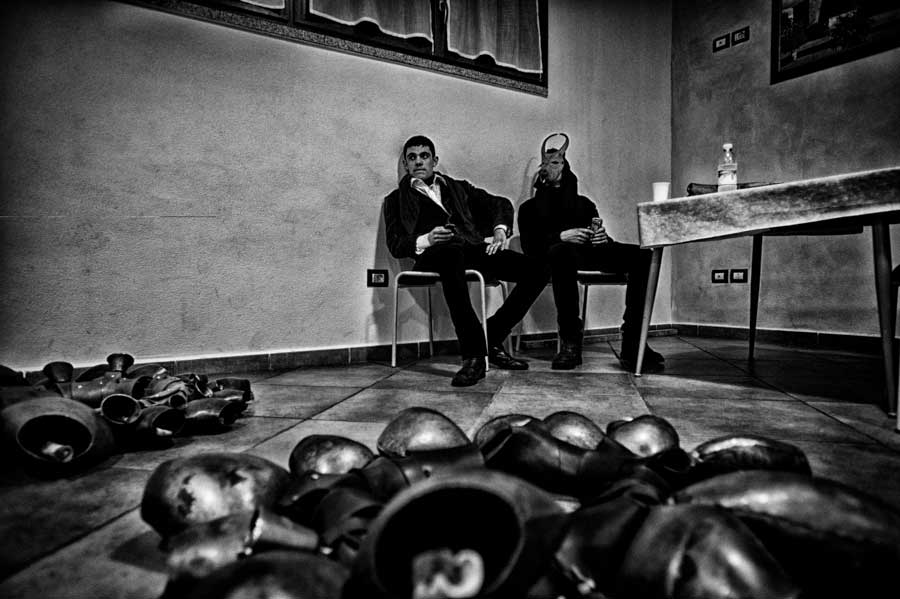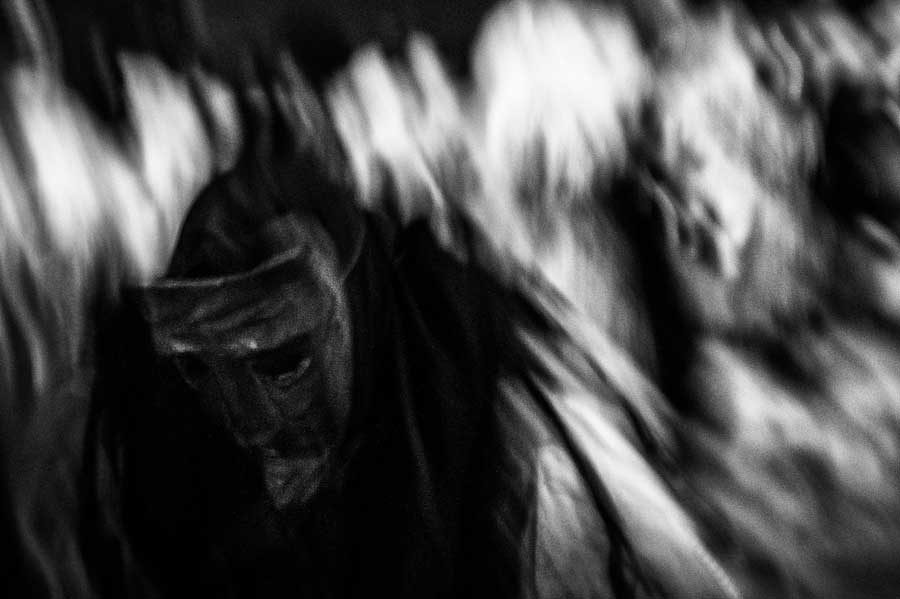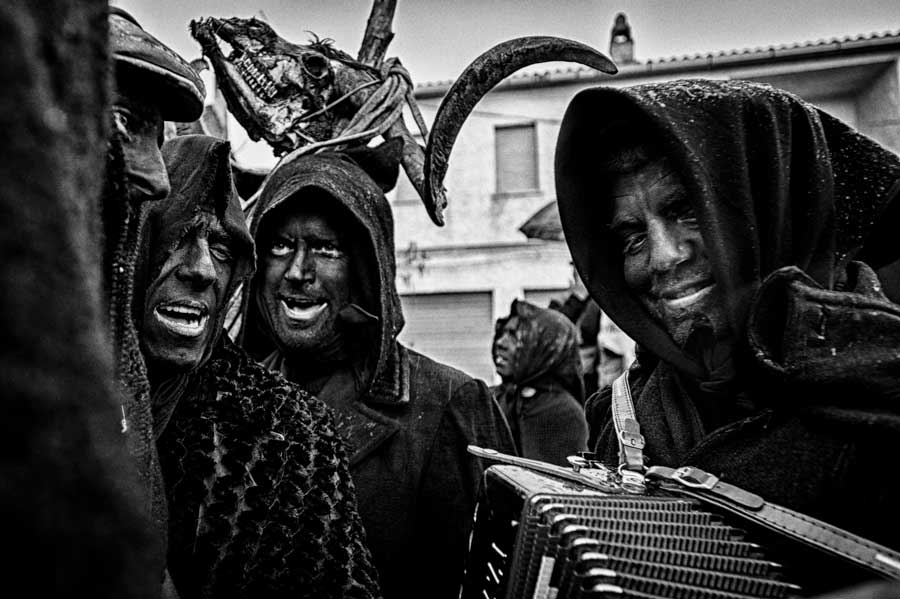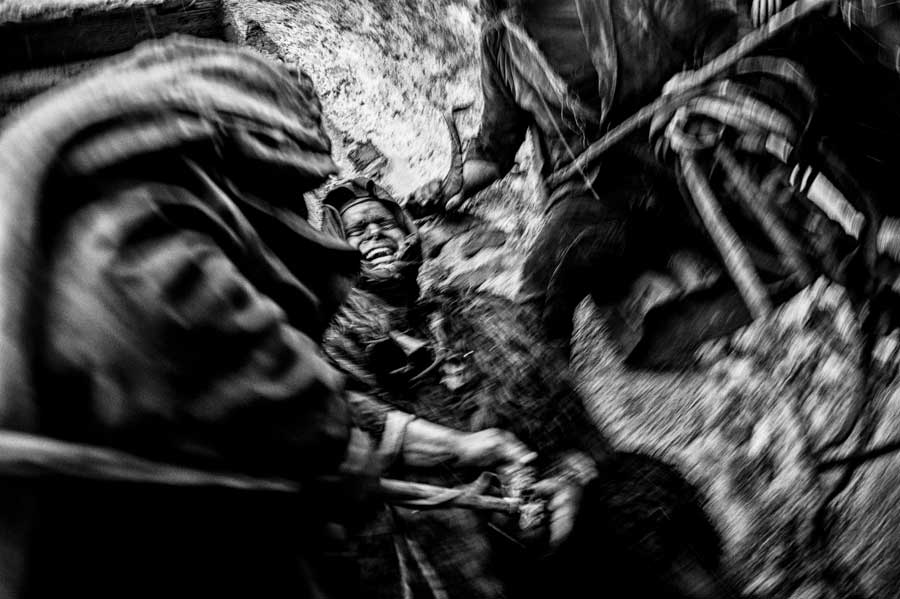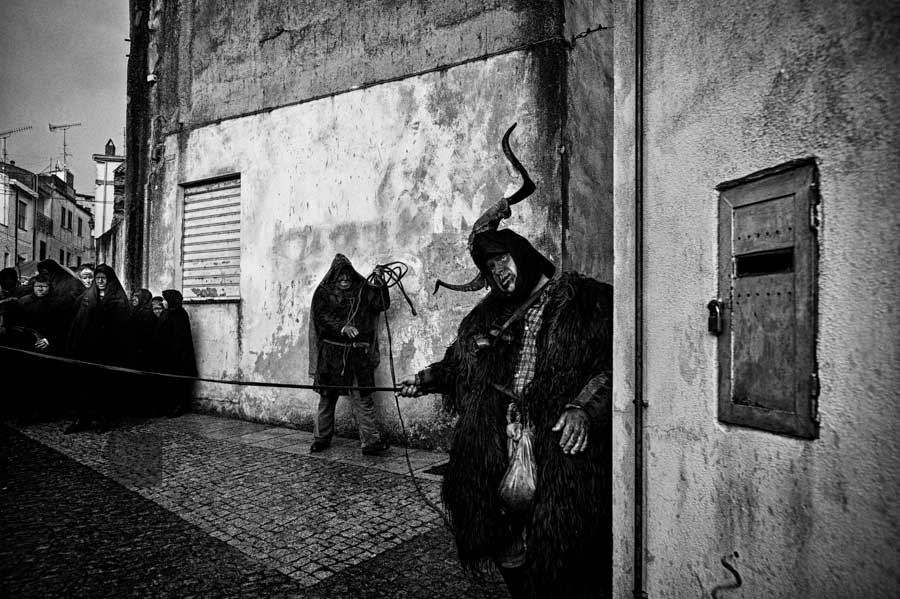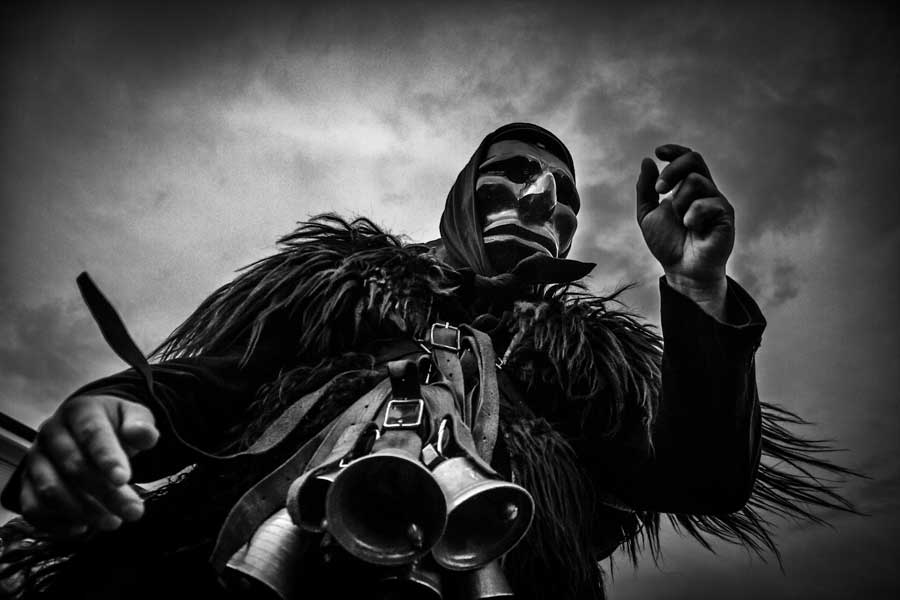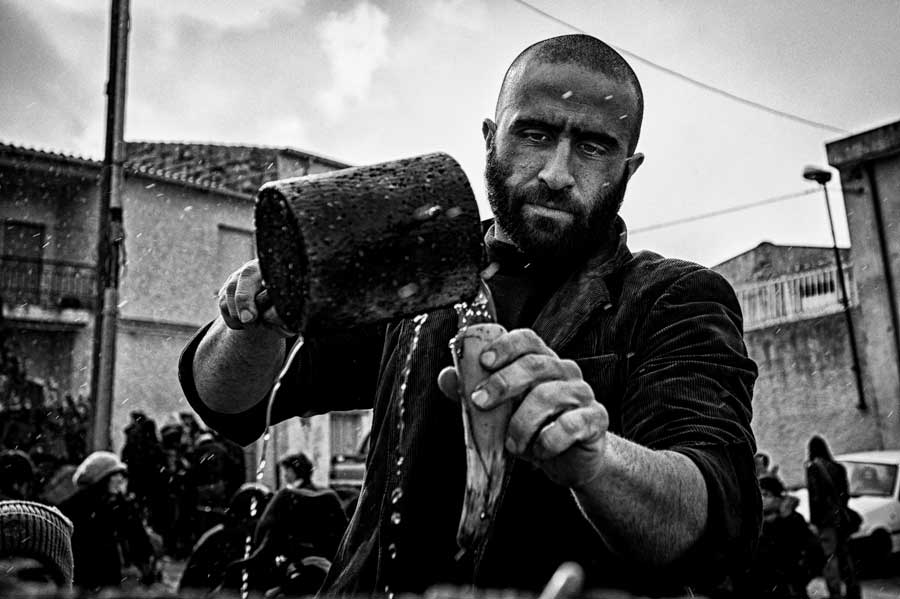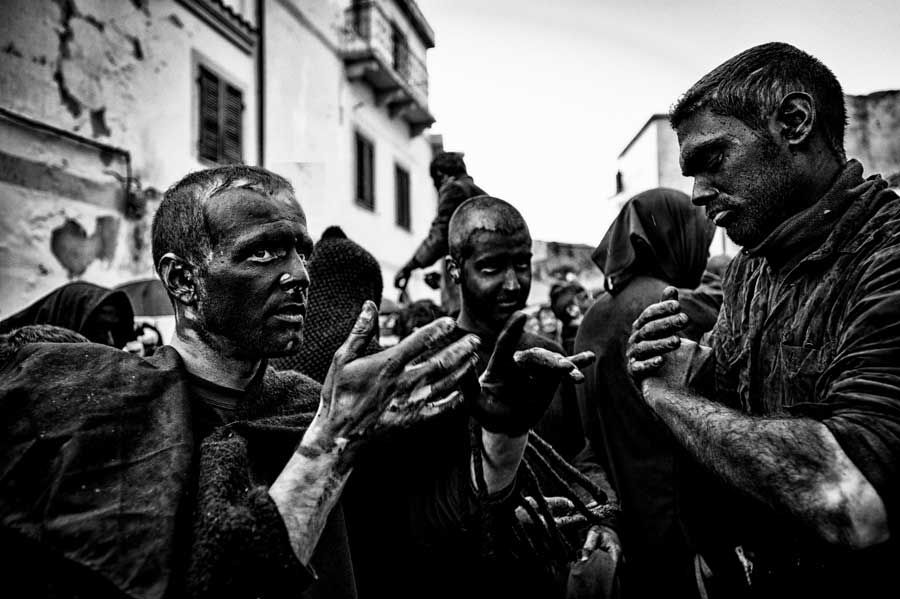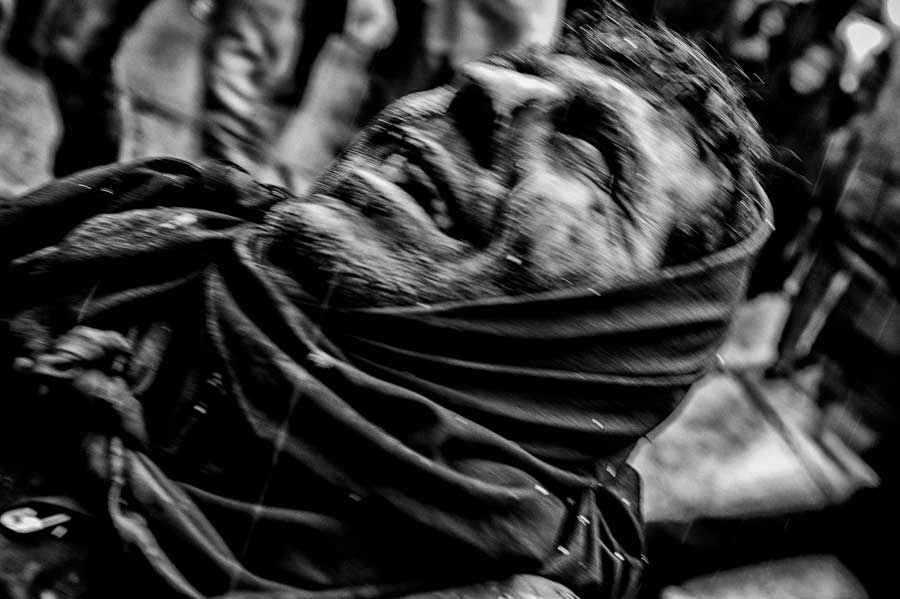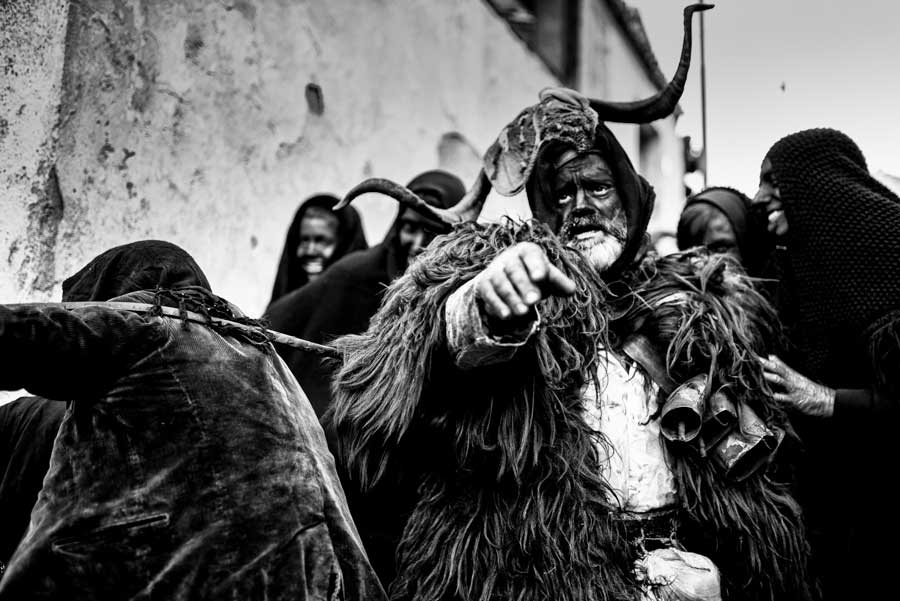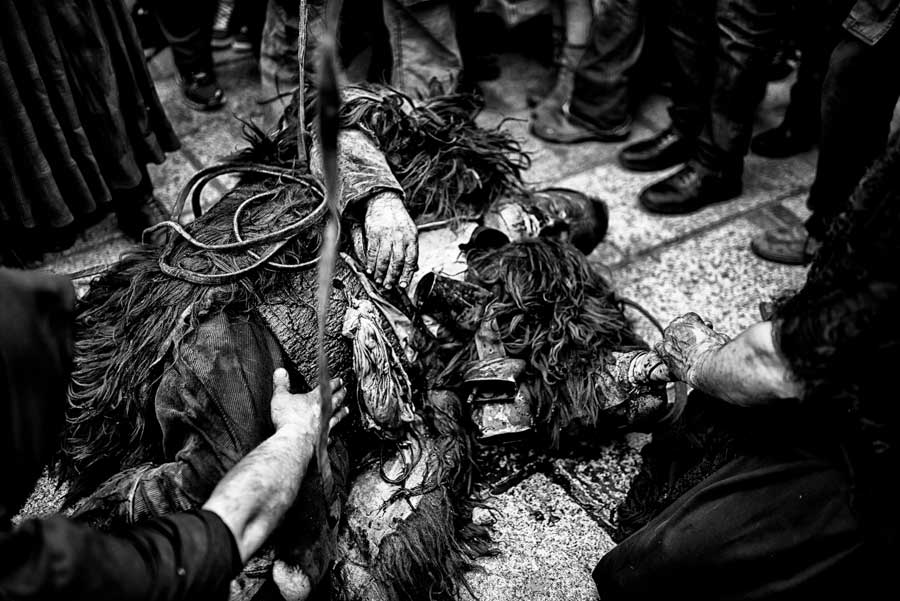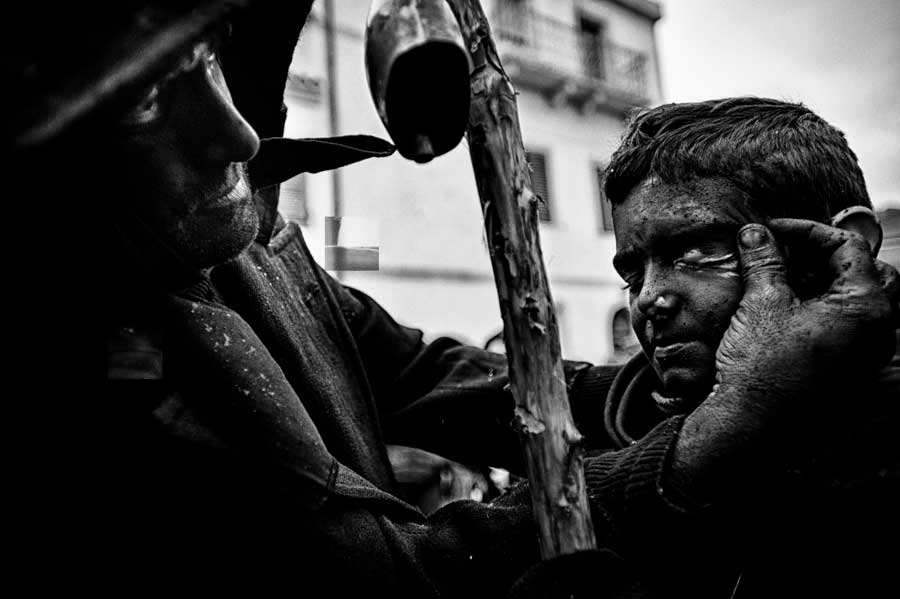In the Italian tradition the Carnival has always been an occasion for wild parties, bright colors and funny masks.
Big cities such as small villages organize colorful parades, convoys of allegoric carriages making a mockery of the latest events populating the political scene — three days of total craziness, probably made easier by the fact that everybody wears a mask.
All over Sardinia, the vast and lightly populated island off Tuscany’s coast, festivals are major part of the calendar.Stepping back in time in Sardinia, forget all this. Or at least be prepared for a deep, mystical experience. The Carnival masks are a very strong component of the ancient Sardinian tradition. The Sardinian Carnival definitely has pre-Christian origins and today contains obvious components of pagan rites, despite the attempts of the Church to reduce it to simple masquerade or festival before the rites of lent.
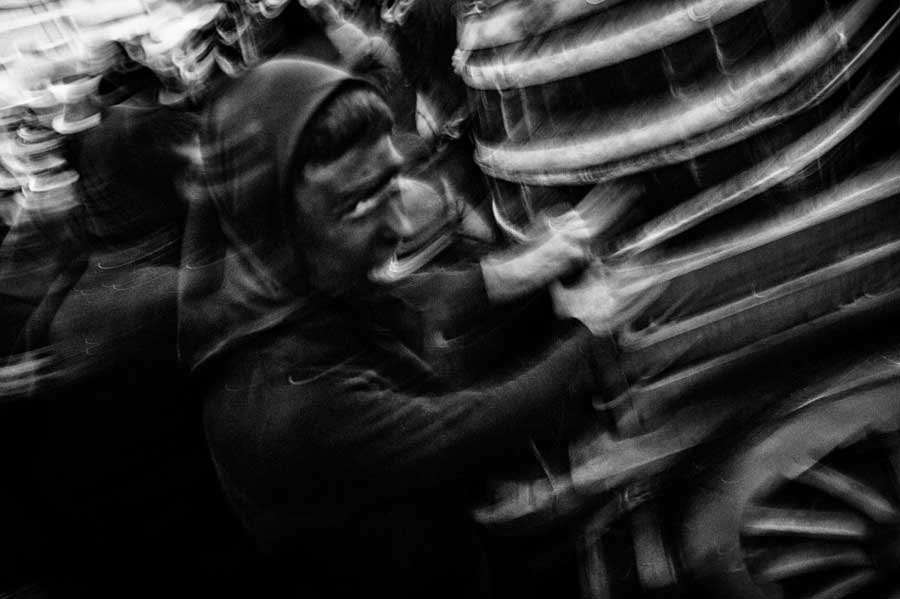
Recent theories found the origins of the Sardinian Carnival in Greek rites to the God Dionysus, the God of vegetation. Subsequently Dionysus represented the component more instinctive, natural and violent of the human soul. The rites to Dionysus served to celebrate the end of winter, to ingratiate the land and to call the water in times of drought. The festivities were cruel: people celebrated sacrifices and orgies, dressed animal like masks, danced in a convulsed way and drank wine. In Sardinia the best-known form of Carnival mask, the Mamuthones, invokes both with the name (which may derive from Maimones, the mad, the furious), the appearance (head covered by animal like hut, body dressed with animal skins and cowbells), and the dances, the crazed who worshipped God Dionysius until the death. Starting from 700, the Church sought to eliminate these rites, by prohibiting the masks and the most violent celebrations, but it cannot completely eradicate the symbolism of these rites, which has come down to our time.
In the past decades a crowd of academics and historians have been trying to narrow down the countless theories around this tradition, in the effort to find an exhaustive explanation and possibly its exact origins. Arguably, today the most accredited theory sees this as a propitiatory ritual performed to augur well in the seasonal crossing from the dark winter to the warmer months of springtime and summer that lead to the new harvest.To experience Carnival in Sardinia is a unique and emotion-filled experience.
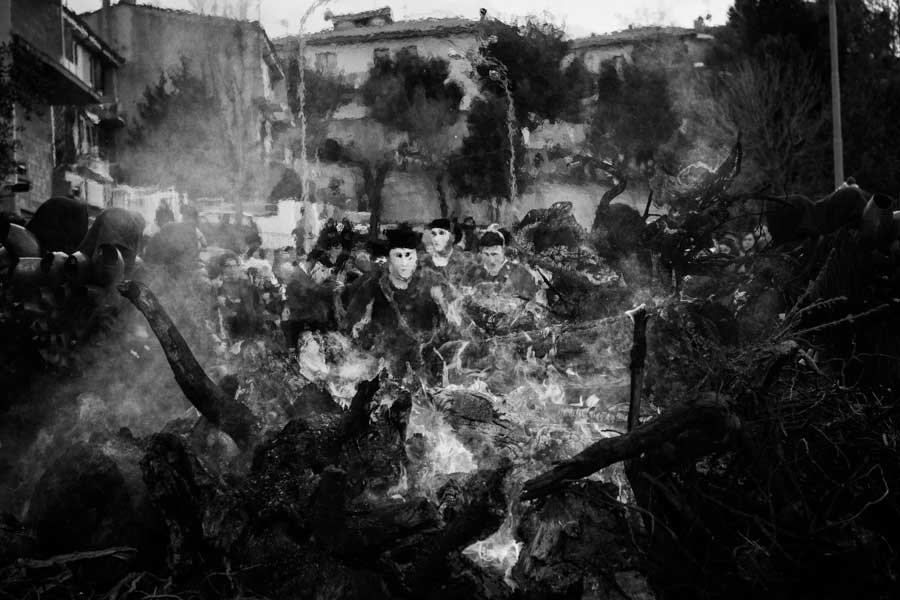
Here we find an age-old ritual relating to the idea of death and rebirth, propitiatory dances and the Dionysus cult. What lives on today is the gestural expressiveness, the rhythm and the anthropomorphic and zoomorphic representations disguised as goats, bulls, stags and wild boars. The traditional carnivals follow this cult which differs from village to village, because each one has preserved a different moment of the representation.
On the island, people use the word Carrasecare (carra-de-secare), instead of Carnival, for this winter period that begins on St. Anthony’s Day (January, 17th) and lasts until Mardi Gras. Etymologically, the word means ‘to dismember living flesh’, this is linked to the fact that, unlike other areas of Italy, Carnival is intended as an event of death, which then leads to a rebirth following the continuous cycle of life.
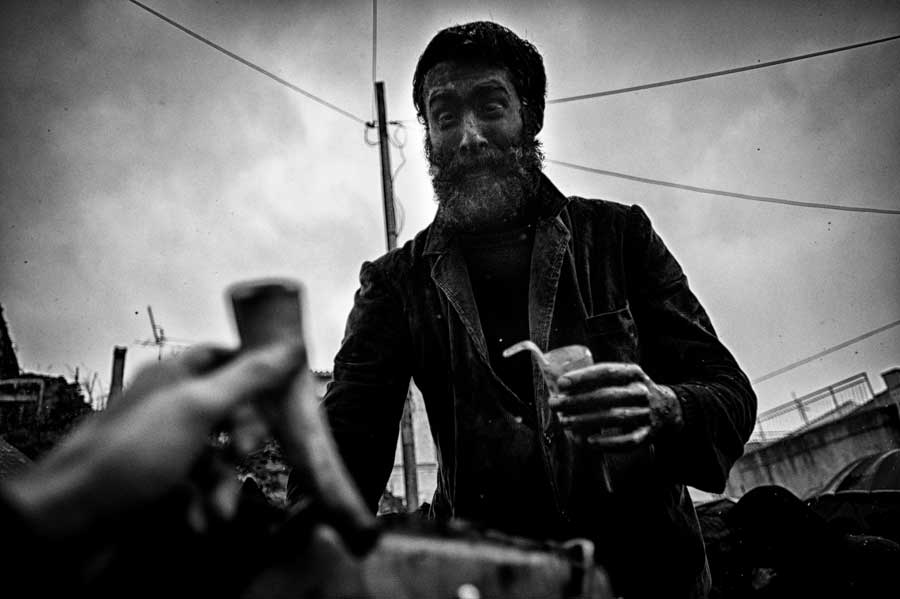
The rites, connected to the agropastoral world, commemorate the Greek God Dionysus, killed and dismembered by the Titans. In some of these rituals, it is not rare to see men and women dressed in mourning, or scenes of capture and sacrifice of the animals, played by men with zoomorphic masks, symbolizing the death of god and therefore fertility. To observe their gestural expressiveness, their dances and animal skin costumes is like being encircled by the historical memory of these lands which each village preserves in a unique way.
About Simone Tramonte
Simone Tramonte was born in Rome in 1976 and after graduating in Economics he decided to devote his attention to photography. He is a freelance photographer that works and is mainly based in Italy.
He began photographic studies with particular attention to social and anthropological issues. Involved in documentary photography since the 2007, his work is focused to documenting contemporary issues and the profound cultural changes.His projects have been published in international magazines such as Internazionale, National Geographic, Geo, Indipendent, The Guardian, The Telegraph, Southeast Asia Globe, CameraRaw, TheTripMagazine, Sguardi. This works has been exhibited at Fotoleggendo in Rome, at the Chiostro del Bramante in Rome, at the ArtBasel of Basel, at the Kolga Tbilisi Festival of Georgia. [Official Website]
